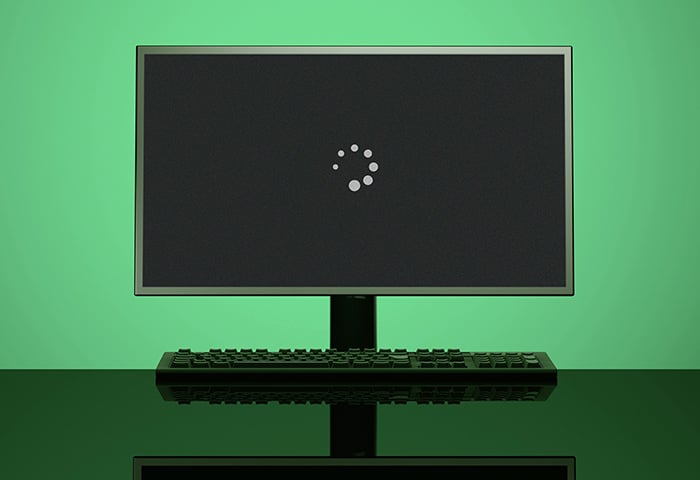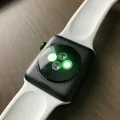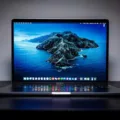If you have ever encountered a red, green, blue, white, or black screen on your computer or device, you may have experienced a moment of panic. However, there are several possible solutions to this problem. In this article, we will explore some of the causes of these screen colors and how to fix them.
One possible cause of a red, green, blue, white, or black screen is a damaged or loose cable. Check the cable connections between your device and the monitor or screen to ensure that they are securely connected. If the cable is damaged, replace it with a new one.
Another possible cause is a faulty power source. Ensure that your device is properly connected to a power source and that the power source is functioning correctly. If the power source is faulty, replace it with a new one.
Out-of-date drivers can also cause screen color issues. Check if your device’s drivers are up-to-date and if not, update them. You can usually find the latest drivers on the manufacturer’s website or through Windows Update.
The refresh rate setting on your device can also cause screen color issues. Go to your device’s display settings and adjust the refresh rate to a lower setting. This can sometimes solve the problem.
It is possible that the screen itself is faulty. If none of the above solutions work, consider contacting the manufacturer or a repair technician for further assistance.
Encountering a red, green, blue, white, or black screen can be a frustrating experience. However, by checking cable connections, power sources, drivers, and refresh rates, you can often resolve the issue. If all else fails, consider seeking professional help.

Troubleshooting a Blank Screen
If you are experiencing a black or blank screen on your Windows device, there are a few potential solutions that you can try. Firstly, you can try to wake the screen by using one of the following keyboard shortcuts: Windows logo key + P or Ctrl + Alt + Del. If this does not work, you can try restarting your device by holding down the power button until it shuts down, then turning it back on. Another potential solution is to check the cables connecting your device to the monitor or display and ensure that they are securely plugged in. Additionally, if you recently installed any new hardware or software, you can try uninstalling it to see if that resolves the issue. If none of these solutions work, it may be necessary to seek technical assistance from a professional.
Resetting the Black Screen of Death
To reset a black screen of death, one of the most effective methods is to start your computer in Safe Mode. To do this, first, click on the Advanced options button, then select Troubleshoot. From here, choose Advanced options again, followed by Startup Settings, and click on Restart. Once your computer has restarted, you will be presented with a list of options. Select option 4 to Enable Safe Mode.
Once your computer has booted into Safe Mode, press the Windows + X keys and click on Device Manager from the Quick Link menu. From here, you can identify any problem drivers or hardware that may be causing the black screen of death issue. You can then try to update or reinstall these drivers to resolve the issue.
If updating or reinstalling drivers do not work, you can also try running a system restore. To do this, click on the Start button, search for “system restore,” and click on the relevant option. Follow the on-screen instructions to choose a restore point and restore your computer to a previous state.
In addition to these methods, you can also try running a virus scan or performing a clean boot to troubleshoot any software-related issues that may be causing the black screen of death. By following these steps, you should be able to reset the black screen of death and restore your computer to full functionality.
Troubleshooting Flashing Colors on a Monitor
A monitor that keeps flashing colors can be a frustrating and distracting experience for any computer user. There are several reasons why this issue may occur. One possibility is that the cable connecting the monitor to the computer is loose or damaged. If this is the case, try unplugging and re-plugging the cable to ensure a secure connection. If the cable is damaged, it may need to be replaced.
Another possible cause of a flashing monitor is a faulty power source. If the power supply is not providing enough power to the monitor, it may flicker or blink. Try plugging the monitor into a different outlet or power strip to see if this resolves the issue.
High-current appliances located near the monitor can also cause interference and lead to flickering or flashing. Try moving the monitor away from any nearby appliances that may be causing interference.
Out-of-date drivers can also lead to monitoring issues. Make sure that your computer’s graphics drivers are up-to-date. Check the manufacturer’s website to download the latest driver updates.
Lastly, the refresh rate setting on your computer may be causing the flashing issue. To adjust the refresh rate, go to your computer’s display settings and select a lower refresh rate to see if this resolves the issue.
A flashing monitor can be caused by a loose or damaged cable, a faulty power source, nearby appliances with high currents, out-of-date drivers, or refresh rate settings. Try troubleshooting each of these potential causes to resolve the issue.
Understanding the Green Screen of Death
The Green Screen of Death is an error message that appears on a TiVo device indicating a serious problem that has been detected by the DVR. The message typically includes phrases such as “the DVR has detected a serious problem and is now attempting to fix it” or “A severe error has occurred”. This error message is often accompanied by a green screen and can prevent the TiVo from functioning properly. To address this issue, users may need to perform a hard reset or contact TiVo customer support for assistance. It is important to note that the Green Screen of Death can occur for a variety of reasons, including hardware issues, software glitches, or other technical problems.








